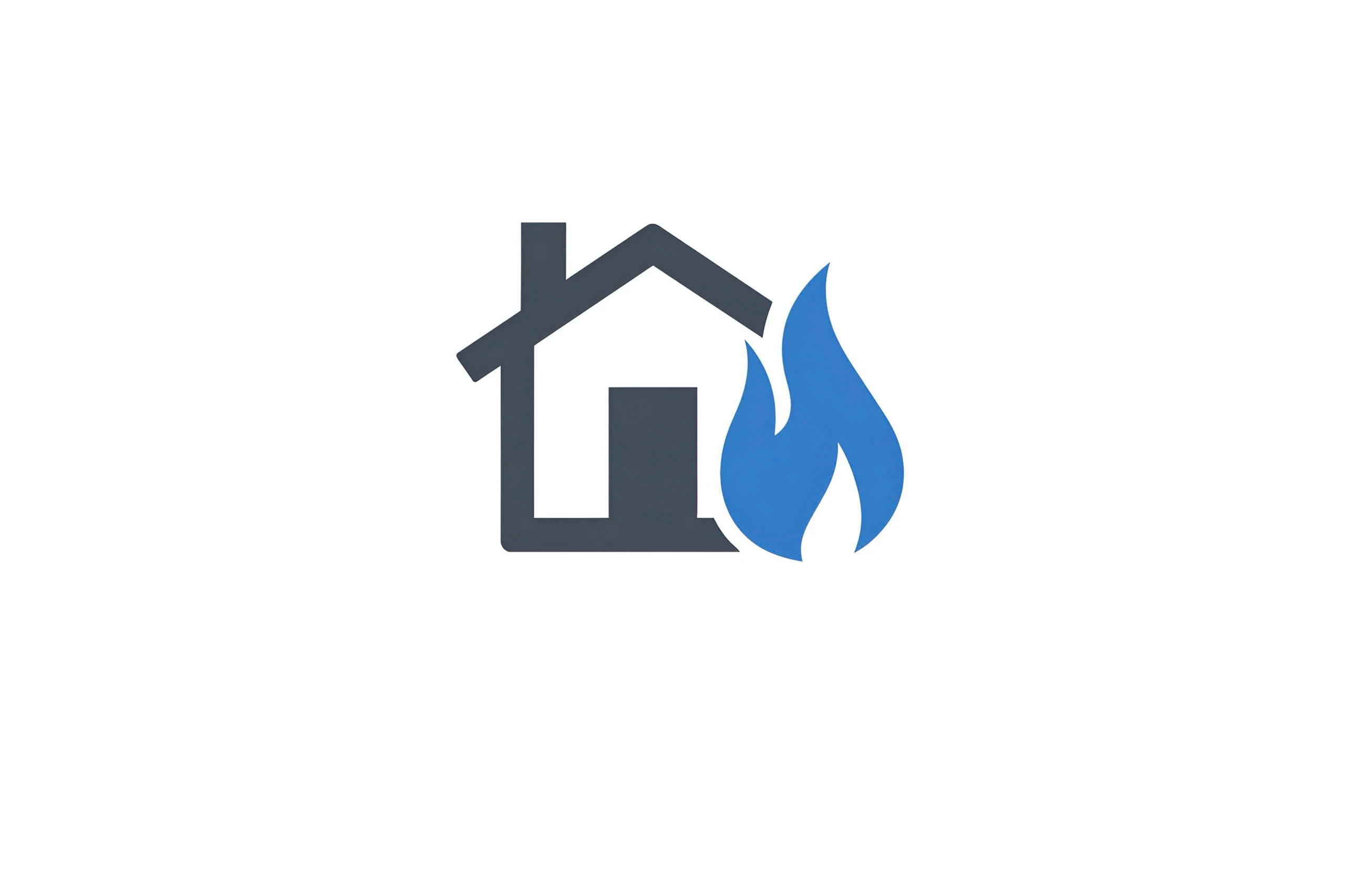Fire is one of the most commonly covered perils under homeowner and commercial insurance policies. Fire damage caused by electrical malfunctions or short circuits, itchen or grease fires, lightning strikes, candles, cigarettes, or heating equipment, wildfires or nearby structure fires, refers to the destruction caused by flames, smoke, and heat — often leaving behind structural damage, soot, odor, and water damage from firefighting efforts. Even small fires can make a home unsafe or unlivable.

Electrical malfunctions or short circuits

Kitchen or grease fires

Lightning strikes

Candles, cigarettes, or heating equipment

Wildfires or nearby structure fires
Fire burns at extremely high temperatures, which can warp steel beams, crack concrete, and weaken wooden framing. Even if the damage looks minor, the building’s foundation or roof may be unstable — putting occupants and future repairs at risk.
Smoke and soot travel far beyond the burn area. They cling to walls, insulation, and HVAC systems, releasing toxic residues and odors that can cause respiratory issues, skin irritation, and long-term health problems. Soot is acidic — it continues to corrode metal and electronics long after the fire is out. Smoke residue seeps into fabrics and insulation, creating persistent odors and contamination.
When firefighters extinguish the blaze, water and fire suppressants soak the property. This creates secondary damage — mold, rust, and electrical shorts — if not professionally dried and cleaned.
Fire doesn’t just burn; it melts, cracks, and weakens everything it touches. Behind walls, electrical wiring may be melted or frayed, creating the risk of future fires if not replaced. HVAC ducts can also spread soot and odor throughout the property.
Beyond the physical loss, fire disrupts families and businesses. Insurance companies often undervalue fire claims, labeling deep damage as “cosmetic.” That’s why having a public adjuster is critical — to ensure the full scope of loss is documented and properly compensated.
Insurance adjusters often perform brief inspections focused only on visible damage. They may overlook hidden structural issues, moisture behind walls, or long-term effects that develop after the initial event.
It’s common for insurers to reclassify losses to reduce coverage.Water damage might be labeled “maintenance-related.” Mold may be called “secondary damage.” Storm damage might be blamed on “wear and tear.” These redefinitions help them minimize or deny payouts.
Even when claims are approved, initial settlement checks are often far below the true repair cost. Insurers expect homeowners to accept the first offer without question — leaving many properties only partially restored.
Insurance companies may request repeated paperwork, send multiple adjusters, or drag out the process — hoping you’ll give up or settle for less.
Many policyholders are told their claim is “not covered” or their file is closed after a partial payment. What most homeowners don’t realize is that many of these claims can be reopened if new evidence or professional documentation is provided by a licensed public adjuster.
He goes beyond the obvious damage and document everything.
Photos, estimates, and reports that fully capture your loss.
He pushes back against low offers and fight for every dollar you’re entitled to.
He makes sure you have the funds to fully rebuild and restore your property.

© 2025 Copyright WhoisJK